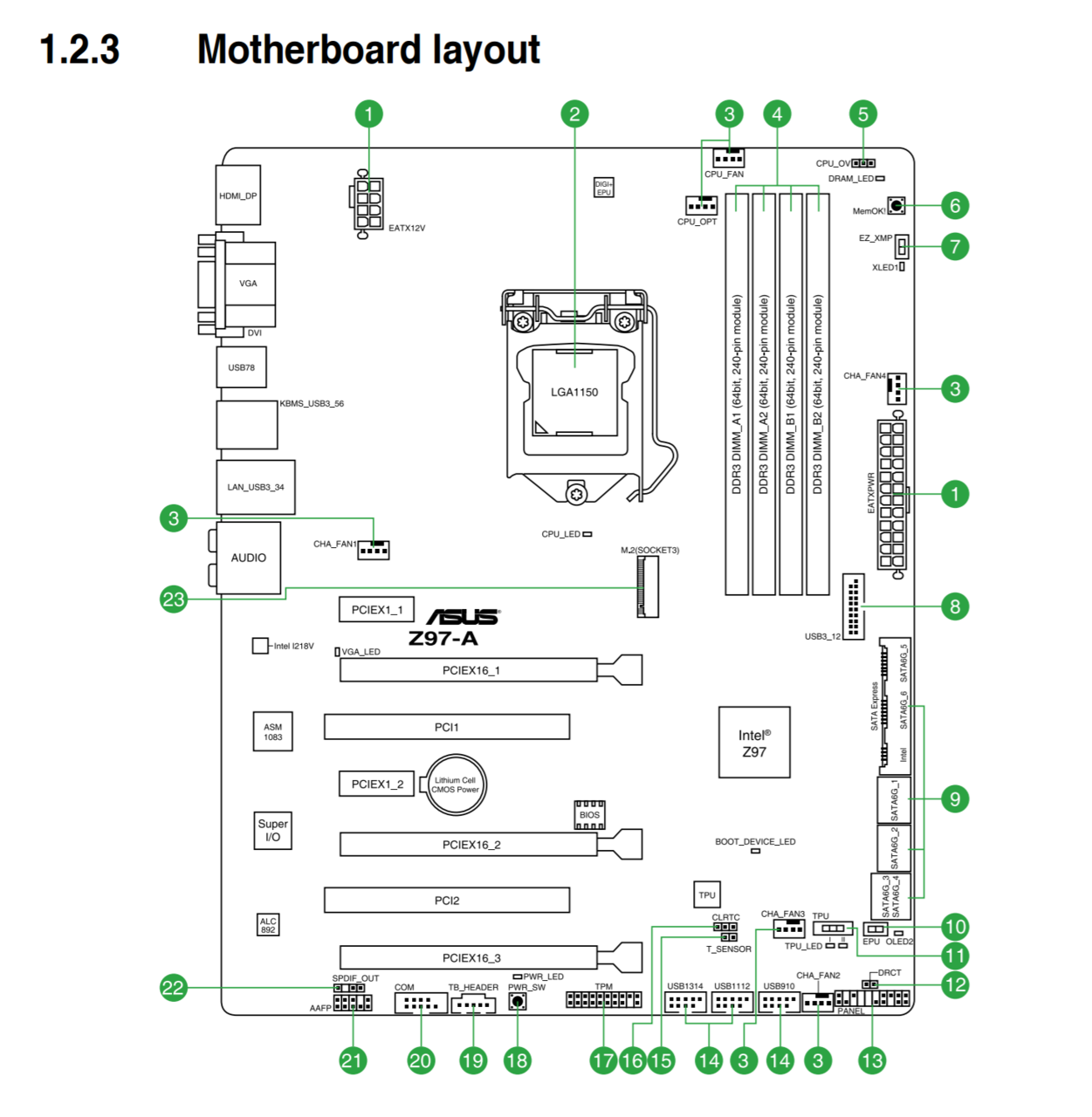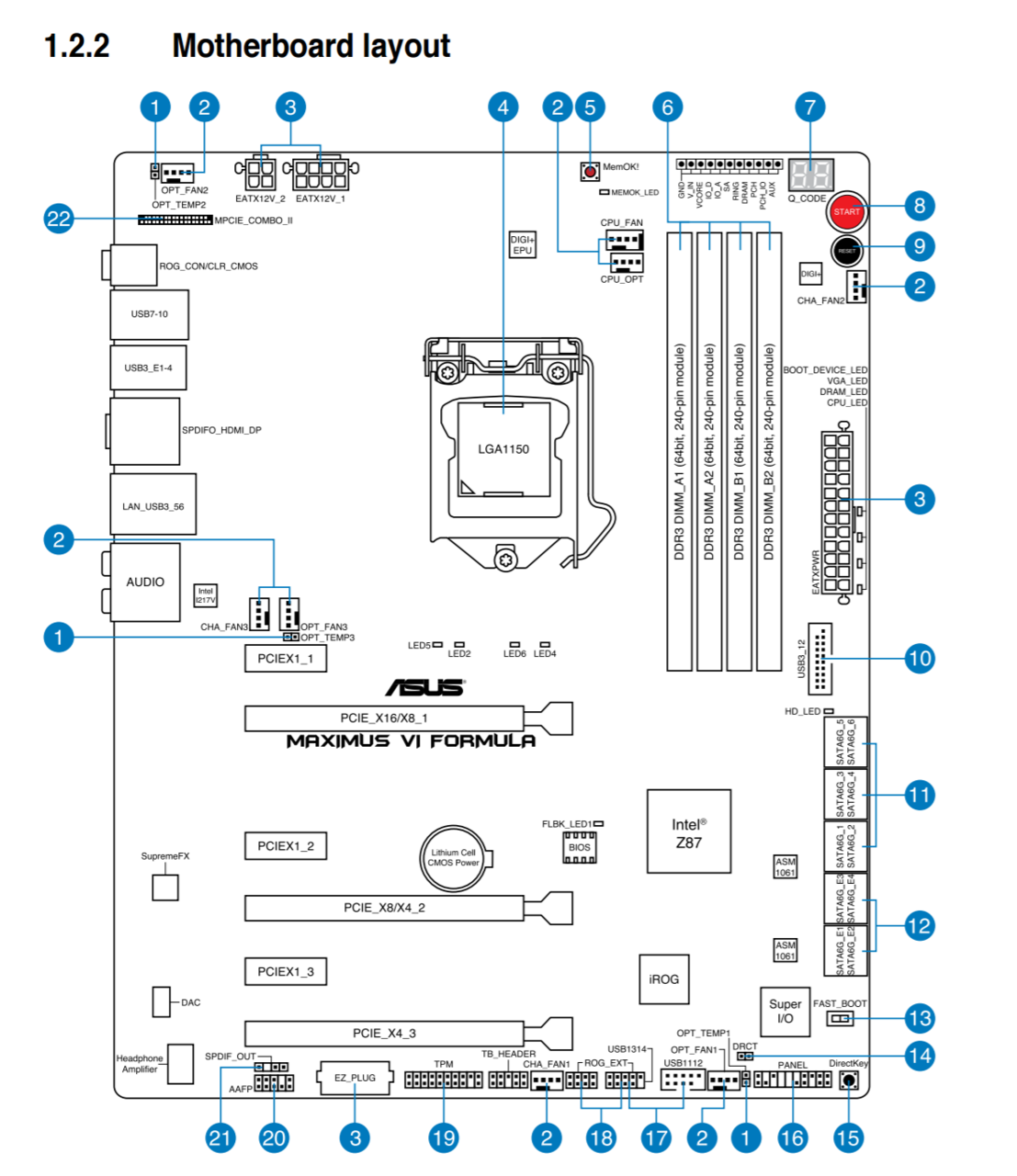soulesschild
Supreme [H]ardness
- Joined
- Feb 18, 2007
- Messages
- 6,176
Currently considering upgrading to the Corsair Hydro 1080ti for an AIO WC solution. I did custom watercooling way back but just don't want to/have the time to deal with setting it up and all that jazz. Are the AIO WC solutions any good? I see most of it is cooling the main chip and not things like the VRMs and stuff. Are those going to be an issue?
Link to the Hydro: http://www.corsair.com/en-us/landing/hydro-gfx-1080-ti
Link to the Hydro: http://www.corsair.com/en-us/landing/hydro-gfx-1080-ti
![[H]ard|Forum](/styles/hardforum/xenforo/logo_dark.png)


